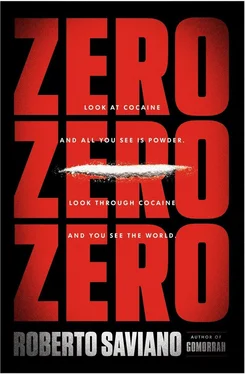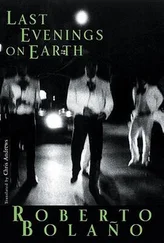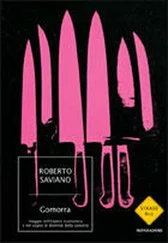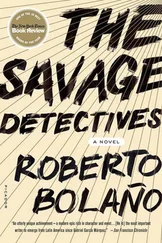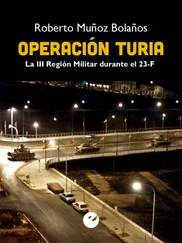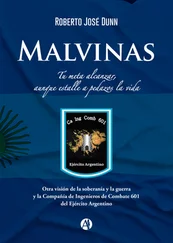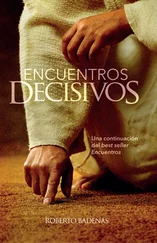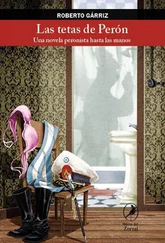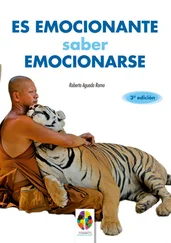September 14, 2005, port of Livorno: The ship Cala Palma , which sailed from the Venezuelan port of La Guaira is impounded. Found among the calfskins are 691 kilos of 98 percent pure Colombian cocaine.
Statues of the Virgin Mary
March 30, 2006, Brooklyn: The DEA arrests eleven people for cocaine smuggling. They had hidden the precious merchandise—194 kilos of it — inside statues of the Virgin Mary, destined for various churches and cemeteries.
Wooden doors
February 24, 2007, Guildford, Surrey, Great Britain: Paul Sneath, an English bloke from a good family, is sentenced to eighteen years for bringing 17 kilos of cocaine into the country. He had purchased handcrafted wooden doors carved with exotic parrots and had them stuffed with sheets of plywood soaked in liquid cocaine. On the market the drugs would have brought about £3 million.
Statue of Jesus Christ
May 30, 2008, on the Nuevo Laredo border crossing, across from Texas: A Mexican woman is detained at customs. Agents find 3 kilos of cocaine hidden inside the large statue of Jesus Christ in her luggage.
Fake pineapples
August 22, 2008, Naples: The ROS, which deals with organized crime, seizes 100 kilos of pure cocaine hidden in wax pineapples in a house in Poggiomarino. Value: €40 million.
Squid
January 2009, port of Naples: During routine controls, the Finance Guard discovers 15 kilos of cocaine hidden among 1,600 cans of squid shipped from Peru.
Children’s books
April 9, 2009, Christopher Columbus airport in Genoa: An Italian woman, twenty-one years old, is arrested after picking up a package of children’s books sent from South America. Inside are 300 grams of cocaine.
Ceiba speciosa
April 30, 2009, port of Vado Ligure, Savona: The Naples Finance Guard intercepts a shipment of Ceiba speciosa , a tropical tree known in Latin America as Palo Borracho, or drunken tree. Noted for their irregular, bulging trunks, the trees concealed 250 kilos of cocaine.
Suitcases
June 2, 2009, Santiago de Chile airport: Sandra Figueroa, a twenty-six-year-old Argentinian woman, catches the customs officers’ attention: The bags she is dragging along are too heavy. A chemical analysis reveals that her luggage is made of fiberglass, resin, and 15 kilos of cocaine.
Frozen sharks
June 17, 2009, port of Progreso, Yucatan, Mexico: The Mexican navy seizes eight hundred blocks of cocaine, hidden inside twenty or so frozen shark bodies.
Containers
June 21, 2009, Padua: The Carabinieri of Padua, with the help of antidrug dogs, discover about 400 kilos of cocaine in containers of bananas and pineapples on a trailer truck.
Trunks of precious wood
July 22, 2009, Calabria: The Maesano Brothers’ network is uncovered. Thanks to their import-export business they were shipping a container a month to Bolivia, with tools for cutting down forests. The container would be sent back full of precious tree trunks stuffed with blocks of cocaine, each weighing at least 100 kilos.
Transportation trailers
November 12, 2010, port of Gioia Tauro, Calabria: In the context of Operation Meta 2010 an undocumented container from Brazil filled with trailers for agricultural transport is inspected. Sophisticated tests reveal anomalies in the metal tubes that make up the frames. The tubes are opened with gas torches and one thousand blocks are extracted: 1,000 kilos in all.
Airplane cockpit
February 1, 2011, Fiumicino airport: Two airport technicians, grilled by customs officers made suspicious by their behavior, confess their desire to steal precious objects from the hold of a plane that has just landed from Caracas. But the investigators, alarmed by the antidrug dogs’ agitation, discover thirty blocks of cocaine—35 kilos — stuffed behind the instrument panel in the cockpit.
Frozen fish
March 19, 2011, port of Gioia Tauro: A container that arrived by cargo ship from Ecuador is intercepted. Hidden inside, among the frozen fish, are 140 kilos of pure cocaine.
Palm hearts
April 8, 2011, port of Livorno: The Rome Carabinieri seize a container filled with cans of palm hearts on a ship from Chile. In the cans they find 1,200 kilos of cocaine.
Cookbook
October 2011, Turin: A package sent from Peru via Frankfurt is seized. Inside is a cookbook, the pages of which are stuffed with cocaine. It weighs 500 grams. The person to whom the package is addressed, an Italian, is arrested in his home. In addition to cocaine, investigators find equipment for preparing individual doses, scales, and a press for packaging blocks. Subsequent investigations uncover a criminal network that was trafficking cocaine from Peru to Italy by way of Germany.
Coffee
October 27, 2011, port of Barcelona: The Civil Guard score the biggest drug seizure ever in the port of Barcelona: 625 kilos of cocaine hidden in a container transporting coffee.
Canned asparagus
December 10, 2011, Lima, Peru: Five hundred liters of liquid cocaine worth $20 million are seized in a home in a Lima suburb. The drug was in the brine of canned asparagus.
Artificial breasts and buttocks
December 21, 2011, Fiumicino airport: A Spanish model coming from São Paulo in Brazil is detained. A search reveals 2.5 kilos of pure cocaine crystals inserted in her artificial breasts and buttocks.
Valentine’s Day flowers
February 2012, port of Hull, England: Eighty-four kilos of cocaine hidden in boxes of flowers that an English florist purchased for Valentine’s Day are seized. The man had gone to Holland to buy them himself, and sailed from Rotterdam. He was loading his truck when the British police noticed that three boxes weighed five times more than the others.
Genitals
April 2012, Folcroft, Pennsylvania: Ray Woods, twenty-three years old, from Philadelphia, is detained by the police in an area known for drug dealing. When he is searched they find forty-eight doses of cocaine in a bag strapped to his penis.
Legumes, aluminum, foodstuffs
June 7, 2012, port of Gioia Tauro: The Finance Guard seizes 300 kilos of pure cocaine onboard the MSC container ship Poh Lin , which had set sail from South America. The drugs were found in three containers — in nine large black bags hidden among foodstuffs, legumes, and scrap aluminum — on their way to northern Italian businesses that do not usually import such products.
Peanuts
June 8, 2012, port of Gioia Tauro: Discovered in a container from Brazil are 630 kilos of cocaine. It was divided into 580 blocks and stuffed in sixteen bags hidden inside a shipment of peanuts.
Medical supplies for earthquake-damaged areas
June 8, 2012, port of Genoa: The Carabinieri find over €1 million worth of cocaine hidden among medical instruments being shipped to a business in Emilia that had suffered serious earthquake damage. The container, which arrived from the Dominican Republic, immediately raised suspicions because such medical equipment usually comes from China.
Sugar
June 15, 2012, port of London: Just outside the capital city, in one of the harbor terminals on the Thames, 30 kilos of cocaine hidden in a load of sugar that had arrived on a cargo ship from Brazil are seized.
Читать дальше
